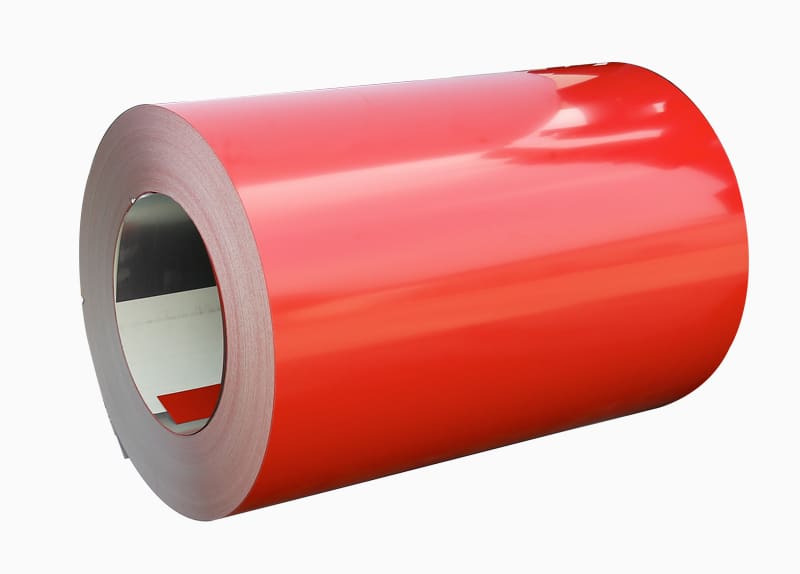Summary: 1. Selection of Topcoat Materials:
Material Composition: The choice of materials for the topcoat is crucial. High-quali...
1. Selection of Topcoat Materials:
Material Composition: The choice of materials for the topcoat is crucial. High-quality topcoat materials with excellent resistance to moisture, UV radiation, and chemicals contribute to enhanced corrosion resistance. Common topcoat materials include polyester, polyvinylidene fluoride (PVDF), silicone polyester, and others.
Chemical Resistance: Some environments may expose PPGI to corrosive chemicals or pollutants. In such cases, selecting a topcoat material with superior chemical resistance can prevent corrosion.
2. Thickness of Topcoat:
Greater Barrier Protection: A thicker topcoat provides a more substantial barrier against moisture, oxygen, and other corrosive elements. Thicker coatings can better shield the substrate from environmental factors.
Improved Longevity: Thicker topcoats tend to offer extended service life and maintain their protective properties for a more extended period, enhancing long-term corrosion resistance.
3. Construction Technology:
Proper Application: The application of the topcoat must be carried out correctly to ensure uniform coverage and adhesion. Inconsistent application can lead to vulnerable spots and reduced corrosion resistance.
Curing Process: Proper curing, which involves heating the
PPGI Coil to a specific temperature, is critical. Inadequate curing can result in suboptimal adhesion and reduced resistance to corrosion.
Adhesion to Substrate: The topcoat must adhere firmly to the galvanized substrate. Insufficient adhesion can lead to delamination, compromising the corrosion resistance.
4. Quality Control and Testing:
Rigorous quality control measures during the coating process are essential to ensure that the topcoat meets specified standards for thickness, adhesion, and other critical properties.
Periodic testing and inspection of coated PPGI samples can identify any defects or areas of concern that may compromise corrosion resistance.
5. Exposure Conditions:
The selection of topcoat materials and thickness should also consider the specific environmental conditions to which the PPGI will be exposed. For example, coastal or marine environments may require more robust and corrosion-resistant topcoats due to the presence of saltwater and salt air.





